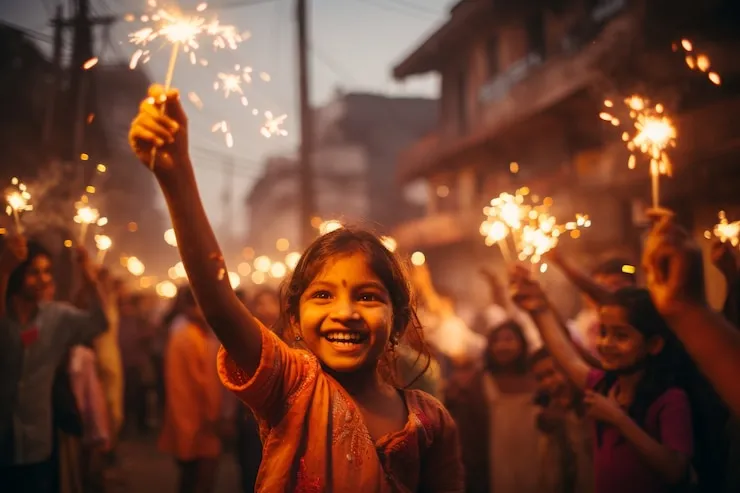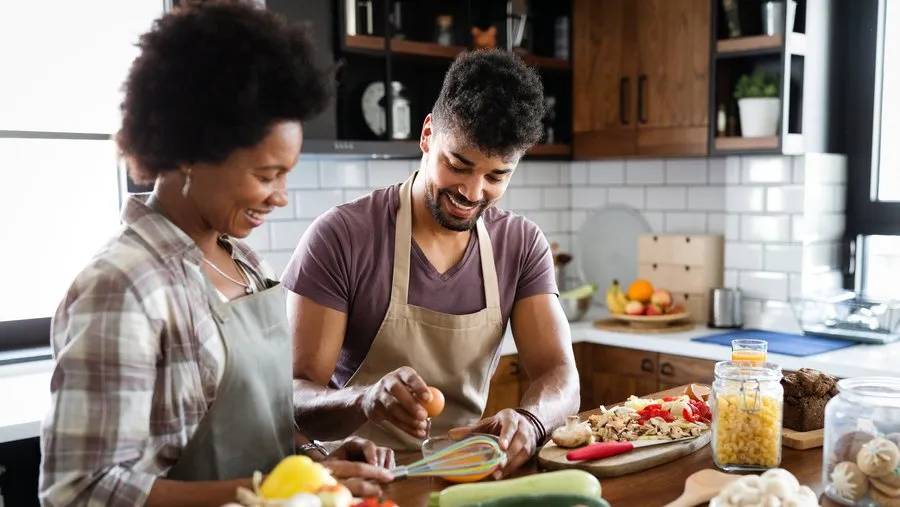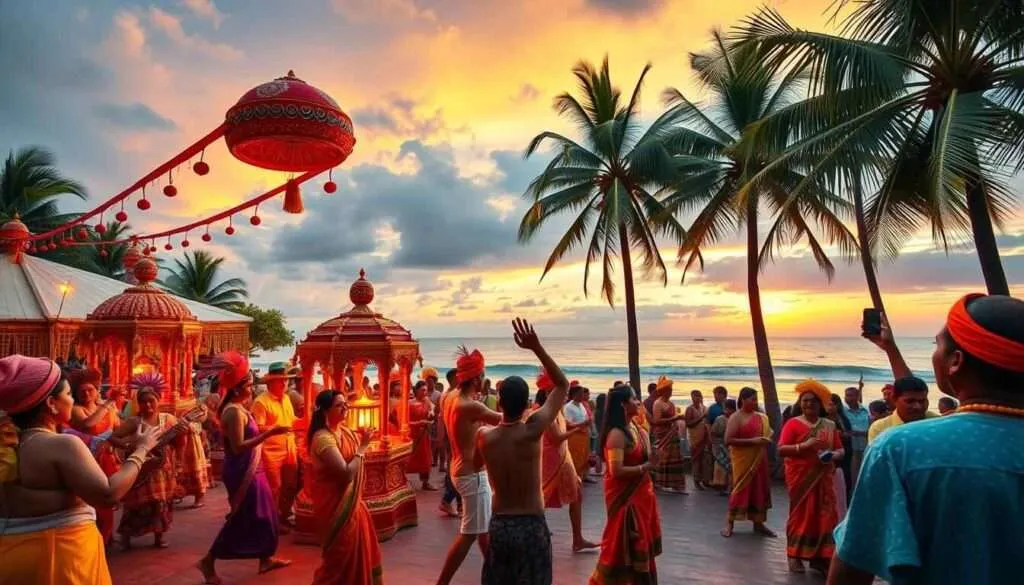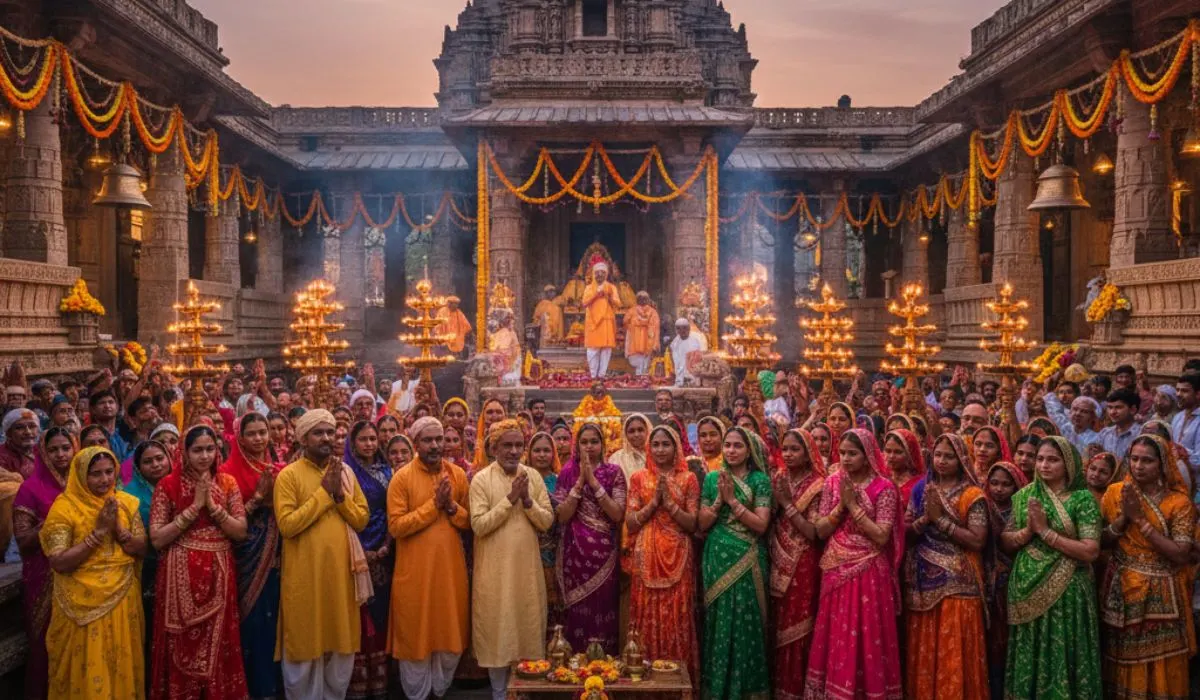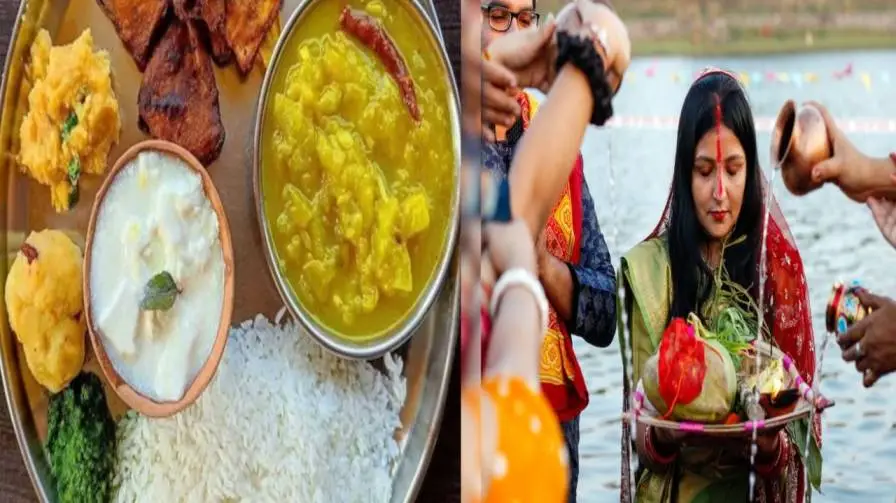It’s the hum of trams in Kolkata and the chirping of birds in a village lane. It’s the rush to catch a Metro and the calm of watching rice sway in the breeze. It is a state where city and village do not compete - they are complementary. Together they make a rhythm that seems chaotic and peaceful at the same time. Let's move both worlds. The clatter of the city and the quiet village of peace - to understand how Bengal really lives.
Kolkata: Where the past and the present go together?
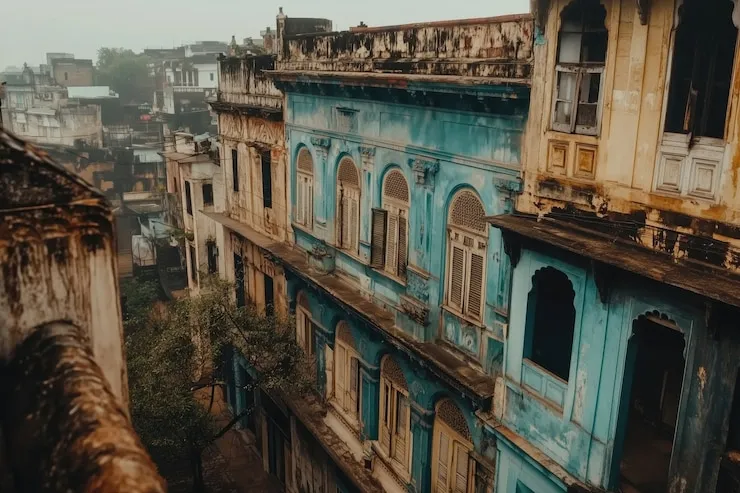
Let's start from Kolkata.
You step into the city and you immediately collide with the richness of the culture. It is loud, expressive, dramatic - almost as it will tell you your life story.
Trams rattle by. Vendors call out for customers. Youngsters spill out of bookstores and cafés. Behind every corner, something is happening. It’s exhausting. But also, kind of addicting.
Street Life That Feels Alive
Kolkata doesn’t just move. It performs. The man making phuchka at the corner doesn’t just cook—he does it with flair. The woman selling flowers outside Kalighat knows every customer's name. College students argue politics over 15 chai in clay cups near Presidency. It’s all emotion. All expression. All the time. And yet, somehow, it works.
Read Also: Modern Bengal Meets Tradition: How Today’s Bengalis Blend Past & Present?
Village of Peace: Time Slows Down Here
Now, leave the city behind. Travel a few hours into rural Bengal. The honks are gone. The pace changes. Here, the loudest sound might just be the wind in the palm trees or the distant beat of a drum from a nearby festival. There’s space to breathe.
Mornings with Meaning
In a Bengal village, mornings begin differently. People rise before the sun. There’s no alarm clock—just the natural call of birds and cows. The pond becomes a gathering place—for bathing, washing, gossiping. Children walk to school with notebooks pressed to their chests. Farmers head to the fields. It’s quiet, sure. But it’s not empty. Every task has rhythm. Every moment feels lived.
The Bengali Language: A Bridge Between Worlds
- One thing that connects both city and village is the language—Bangla.
- But like everyone else in Bengal, it will be somewhere.
- In Kolkata, this quick book sprinkled with English, sometimes satirically.
- In villages, it passes through generations such as soft, more music, almost a cradle.
- City folks might say “kichu bolchish na re” with a raised eyebrow.
- Same words. Different music.
Durga Puja: where both worlds come together
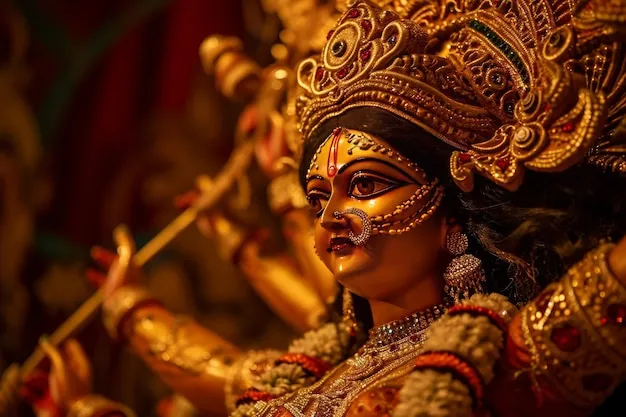
- If there is a time when both the city and the village of Bengal speak the same emotional language, it is under Durga Puja.
- In Kolkata it is magnificent. Vishal pandals, theme sculptures, crowds ever asleep, food stalls that don't pass.
- But in a village there is a quiet beauty in the celebration.
- Here, the idol might be smaller, made by a local potter. But the devotion? Just as deep.
- Children wear new clothes. Drummers (dhakis) perform in the temple yard. Bhog is cooked in large pots and served on banana leaves. Families visit neighbors to share sweets. Whether you’re in Salt Lake or Santiniketan, when Maa Durga leaves, people cry. That emotion doesn’t care where you live.
Food: Different Kitchens, Same Soul
- Ask any Bengali what their favorite thing about home is. Most won’t say family. They’ll say food.
- And rightly so. Food in Bengal isn’t just about eating—it’s about identity.
City Plates: Variety and Fusion
In Kolkata, you’ll find everything from biryani to Tibetan momos to global fusion meals.
But the soul remains in dishes like:
- Kosha Mangsho – slow-cooked mutton curry
- Luchi and Cholar Dal – deep-fried bliss
- Shorshe Ilish – hilsa in mustard sauce
- Phuchka – don’t you dare call it golgappa!
People here queue up outside old eateries like Mitra Café or Aminia like they’re visiting a temple.
Village Flavors: Fresh and Emotional
- Fish caught from the local pond. Vegetables from the backyard. Rice pounded just yesterday.
- The food is simple, but comfortable: rice, lentils, a seasonal vegetable, maybe cook a small fish if you are lucky.
- During weddings or festivals, the plates are packed with 10-12 objects, prepared with all three-ears and love.
- The flavors are less about spices and more about memory.
Education and Ambition: Dreams From Both Ends
In the City: Coaching, Competition, Careers
In Kolkata, education is intense.
- Children start tuition classes before they can even spell “tuition.” Parents sacrifice everything for their kids’ education. NEET, JEE, UPSC—it’s all part of the vocabulary.
- Schools like South Point, La Martiniere, or Presidency University are dream goals.
- It’s competitive. It’s stressful. But it’s full of hope.
In the Village: Change Is Coming
Rural education has come a long way.
- More girls are staying in school. Mobile libraries are showing up in remote places. Teachers work double shifts. Digital classrooms are making their way into mud-walled buildings.
- A boy from Murshidabad just cracked IIT.
- Ambition doesn’t care about a pin code anymore.
Work and Livelihoods: The Everyday Grind
Kolkata: Hustle Mode Always On
People in Kolkata juggle jobs, side hustles, and social life. Someone works at a call center by day and sells art on Instagram at night. Someone else drives a cab, sends his daughter to school, and writes poetry in his free time. The economy is tough, but Bengalis are tougher. Startups are popping up in Sector V. Designers, coders, consultants—all creating space in this ever-shifting city.
Villages: Rooted Yet Resilient
In rural Bengal, farming still rules. But life is shifting.
- Weavers in Nadia export globally
- Self-help groups run by women are thriving
- Solar technicians, handicraft sellers, and migrant returnees are redefining village careers Even if money is tight, dignity isn’t. There’s pride in the sweat that waters a field or shapes a bamboo craft.
Fashion: From Gariahat to the Gaon
City Style: Fusion and Freedom
- In Kolkata, fashion is self-expression.
- Girls wear taant sarees with sneakers. Guys flaunt linen kurtas with messy hair.
- Boutiques in Ballygunge and stalls in New Market both have their own loyalists.
- It’s chaos, but it works.
Village Look: Practical, Yt Beautiful
- In the villages, fashion is simpler but striking.
- Cotton saree, tuk, silver jewelry. During festivals, colors, greens, gold.
- Even the way a sari is wrapped or held a dot, he says something about age, identity or mood.
- Style doesn’t need brands. It just needs meaning.
Read Also: Kailash to Kashi: Ancient Temples and Sacred Rituals of Maha Shivratri
Love and Relationships: Heartfelt Everywhere
Love in Bengal is never casual. It’s always poetic.
City Love: Modern but Messy
- Dating apps, live-ins, late marriages—it’s all happening.
- But even today, many romances start with shared rickshaw rides or borrowed books.
- College canteens are matchmakers. Puja pandals are where crushes bloom.
- Breakups hurt. But Bengalis write poetry about them.
Village Love: Unspoken but Deep
- In rural Bengal, love is quieter. You won’t see hand-holding, but you’ll feel the connection.
- Maybe it’s the boy who cycles past her house a little slower each day.
- Maybe it’s the girl who saves him a seat near the jatra show.
- Marriages are still mostly arranged—but hearts don’t follow rules.
Technology and Tradition: Both Coexist
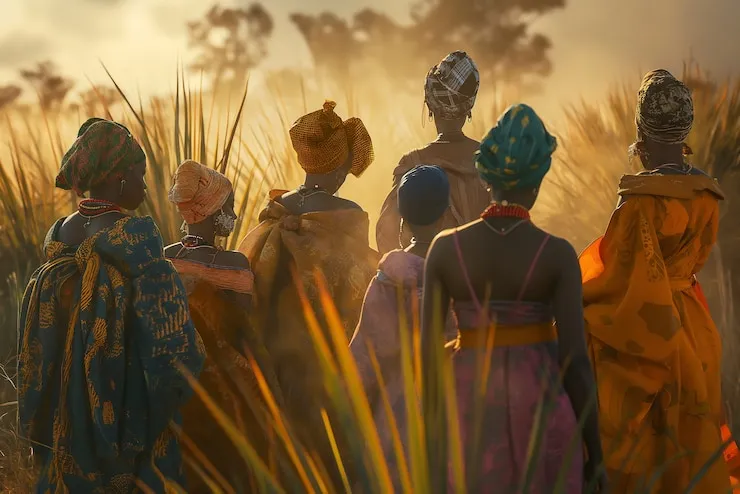
- Even the most remote village has someone watching YouTube on a smartphone.
- City kids use apps to learn music.
- And yet, rituals continue. People still light incense sticks, offer flowers, and whisper prayers to rivers.
- Progress didn’t delete tradition. It just made room for both.
Tourism: What Do You Want to See?
Urban Bengal
Kolkata is packed with spots for visitors:
- Victoria Memorial
- Kalighat Temple
- Prinsep Ghat
- College Street (book lovers, rejoice)
- Park Street (for food and music)
Every corner has history, character, and a bit of drama.
Rural Bengal
In contrast, rural Bengal invites you to slow down.
- Stay in Shantiniketan for poetry and peace
- Visit Bishnupur for terracotta temples
- Explore Sundarbans for natural beauty
- Try eco-stays or handloom village tours
Here, the story isn’t told—it unfolds.
Conclusion: One Heart, Two Rhythms
So what is Bengal?
- It’s both a headline in a busy newspaper and a poem scribbled in a village diary.
- The City of Joy and the Village of Peace don’t fight for attention. They support each other, like two parts of the same song.
- To truly experience Bengal, you must live both:
- Walk the crowded streets of North Kolkata
- Sit under a neem tree in a quiet Birbhum village
- Taste biryani on a Friday night
- Eat rice with alu posto on a banana leaf
Only then will you know why Bengalis cry easily, laugh loudly, and love deeply—in city or village, in chaos or calm.



